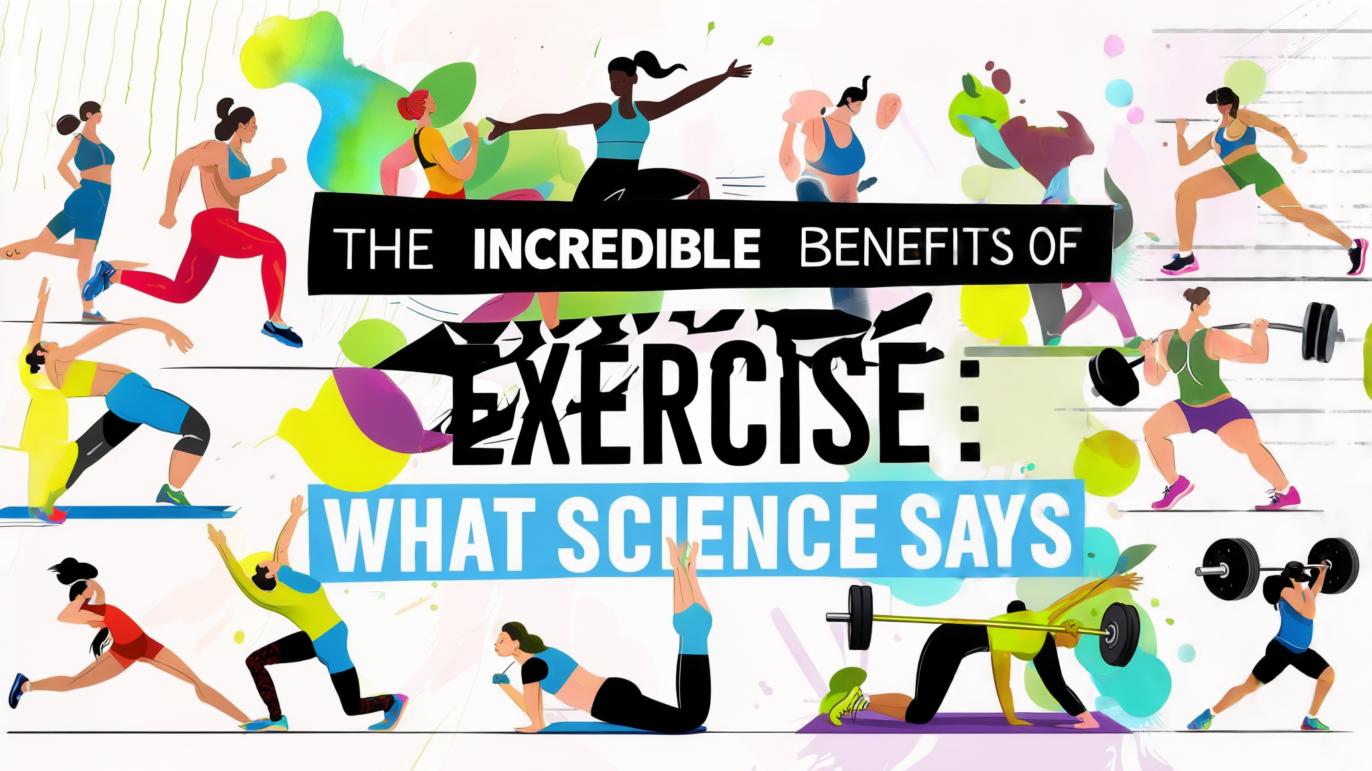This article is about why exercise is so important, and also talks about the most recent evidence that shows exercise’s medical or health benefits.
Did you know that doctors more frequently prescribe something that can’t be filled at a pharmacy?
And isn’t that great? Because pharmacy companies rip you off, not to mention health insurance companies, too.
Yeah, generally speaking, the best prescription is exercise.
Exercise Saves You Money and Health
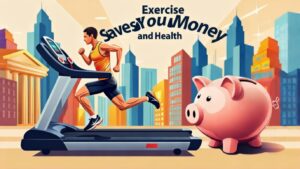
Exercise can save you a ton of money over the years.
Hundreds, if not thousands, of studies show that exercise lowers your risk for serious health problems, including:
-
Heart disease
-
Diabetes
-
Stroke
-
High blood pressure
-
Certain forms of cancer
What’s more:
-
Strengthens muscles
-
Ease arthritis pain
-
Preserves independence
-
Improves self-confidence and mental health
Exercise vs. Physical Activity
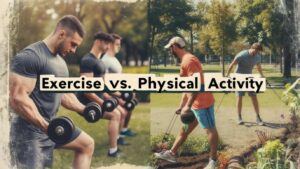
A lot of people use the terms exercise and physical activity interchangeably. Although they are related concepts, they’re not the same.
Physical activity consists of any movement involving muscle contractions — it could be as simple as walking, cleaning, or whatever.
Exercise refers to a more structured form of physical activity to improve or maintain physical fitness.
This includes walking, jogging, swimming, resistance training, etc.
What Happens to Your Heart and Lungs During Exercise?

Normally, a person’s resting heart rate is around 60 to 80 beats per minute, like mine.
During exercise, your heart rate can reach 130 to 150 beats per minute, depending on age and intensity.
Your heart can pump 20 to 30 liters of blood per minute — five to six times more than at rest.
-
Systolic blood pressure increases by 20 mmHg during the first few minutes
-
Diastolic remains largely unchanged
-
Post-exercise: blood pressure drops below pre-exercise levels
During rest: 6 liters of air moved per minute
During intense exercise, up to 100 liters of air per minute!
Long-Term Health Benefits

Adding as little as 30 minutes of moderately intense exercise a day improves health and extends life.
Even shorter amounts help!
As little as an hour of walking a week can reduce the risk of stroke and heart disease.
Other benefits:
-
Decreased anxiety
-
Better sleep
-
Lower blood pressure
-
Better blood sugar control
-
Improved cognitive function
Cardiovascular Disease and Blood Pressure

Cardiovascular disease is the leading cause of death in the U.S., but it doesn’t have to be.
A 2015 review in the British Journal of Sports Medicine showed that moderate exercise is as effective as medication at reducing cardiovascular death risk.
High blood pressure increases the risk of:
-
Heart failure
-
Stroke
-
Aortic aneurysms
-
Kidney disease
-
Eye disease
Exercise can reduce systolic pressure by 5-10 mmHg and prevent plaque buildup in arteries.
Cholesterol, Clots & Arteries
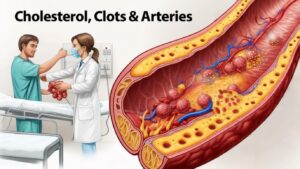
-
Exercise increases HDL (good) cholesterol by about 5%
-
For every 1% HDL increase, heart disease death risk drops by 3.5%
-
Reduces platelet stickiness
-
Promotes clot-dissolving enzymes
-
Grows new coronary arteries (alternate blood flow routes)
Inflammation and Diabetes

Inflammation raises C-reactive protein (CRP) levels, a heart disease risk even with normal cholesterol.
Regular exercise helps lower CRP levels.
For Type 2 Diabetes:
Exercise (especially HIIT) and a healthy diet can reverse the disease in some people.
-
HIIT makes muscle cells more insulin sensitive
-
Resistance training builds more glucose-burning cells
-
CA combo of aerobic + strength training lowers blood sugar most effectively
Exercise Fights Cancer
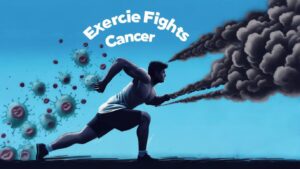
Exercise lowers the risk of several cancers:
-
Breast
-
Colorectal
-
Endometrial
-
Bladder
-
Esophageal
-
Kidney
-
Lung
-
Stomach
Takes 30–60 minutes of moderate to vigorous activity daily for best results.
Bone Health and Aging

Bone mass peaks at age 30, then declines, leading to osteoporosis.
-
Weight-bearing exercises (walking, running, dancing) help
-
Resistance training strengthens bones
-
Only the bones used during activity benefit (e.g., running helps legs, not arms)
Exercise also reduces fall risk by improving:
-
Strength
-
Balance
-
Coordination
Joint Health and Arthritis

Exercise:
-
Relieves joint pain
-
Prevents arthritis
-
Supports joints by strengthening muscles
-
Enhances flexibility
Be cautious: certain exercises may aggravate arthritis — talk to your doctor.
Brain, Mood, and Sleep

Exercise boosts:
-
Mood (via serotonin and endorphins)
-
Cognitive function
-
Memory
-
Neuroplasticity
-
Sleep quality
-
Libido
One hour of exercise per week reduces depression risk by nearly 50%.
90 mins/week can be as effective as antidepressants.
Also slows brain aging and may prevent Alzheimer’s.
Libido, Migraines, and Pain

-
Cycling for 20 minutes increased women’s arousal by 169% (UT Austin study)
-
Men: strength training boosts testosterone; 30 mins/day cuts ED risk by 40%
-
Helps reduce migraine intensity and frequency
The Dangers of Sitting

Prolonged sitting has the opposite effects of exercise:
-
Raises risk for heart disease, Type 2 diabetes, and cancer
-
Increases death risk by 17% (men), 34% (women)
Even standing/moving more daily helps — movement adds up!
Exercise and Longevity

Active adults gain 2–5 extra years of life (Journal of Aging Research)
15 mins/day adds 3 years of life (Journal Lancet)
Why? Possibly due to:
-
Telomere protection (chromosome tips that age cells)
-
Most active adults had a cellular age 9 years younger.

